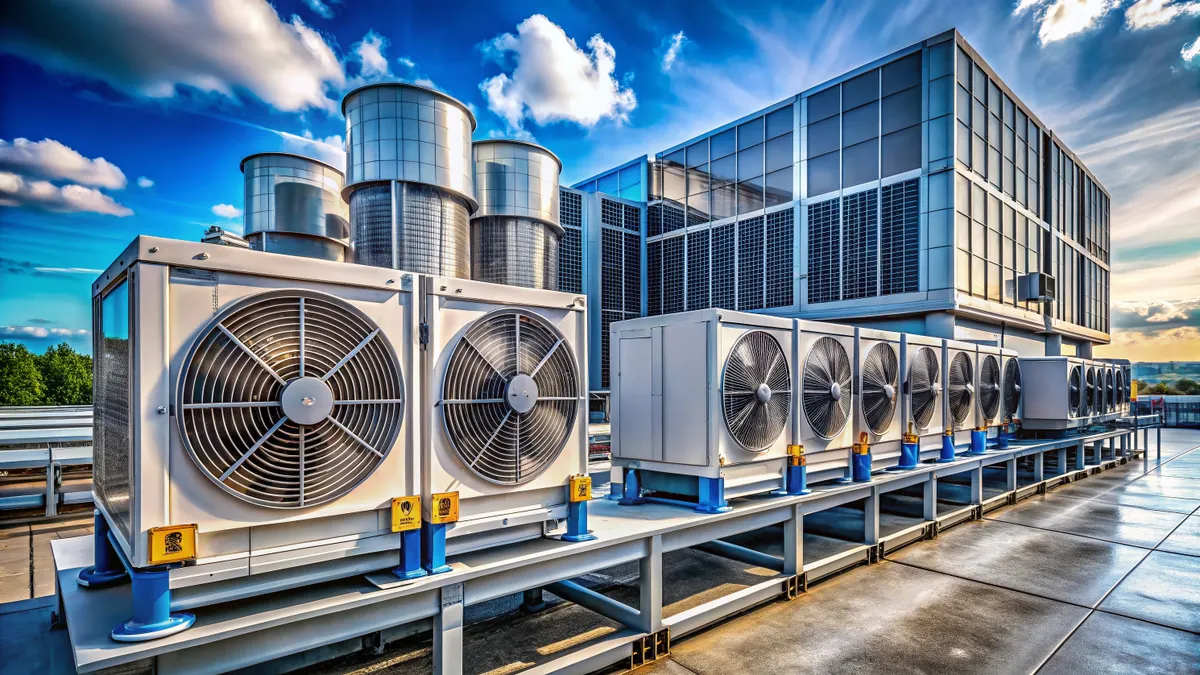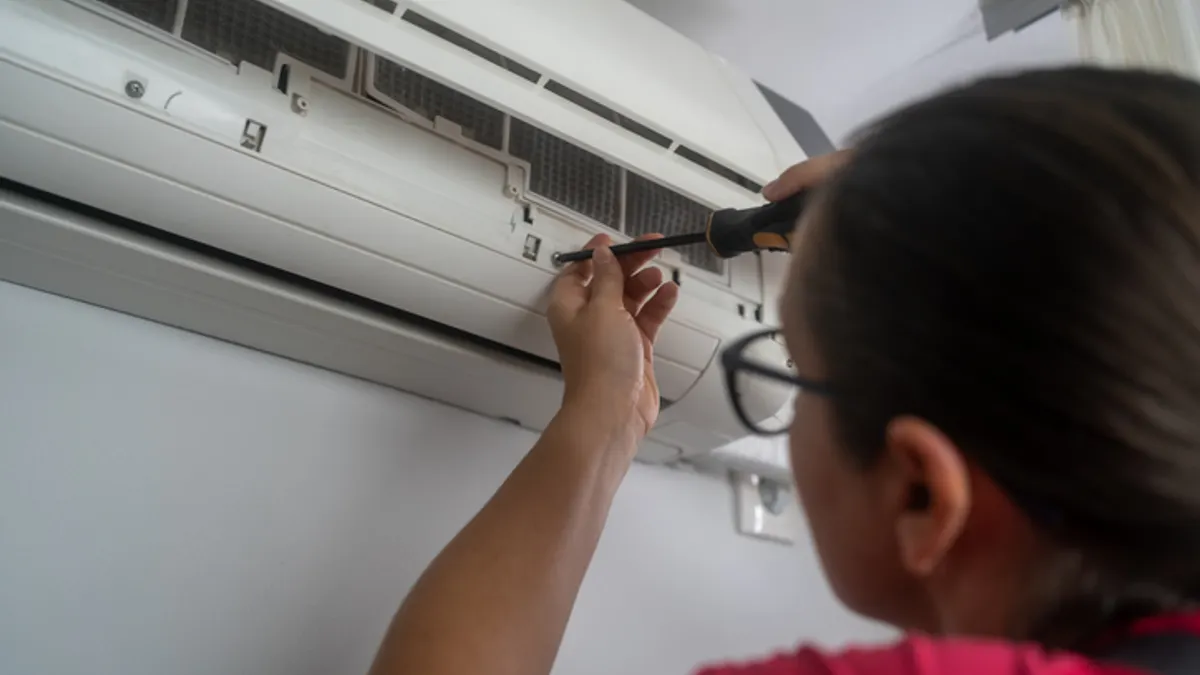Thermostats are the controls behind the HVAC equipment, the biggest energy consumer in most buildings.
Temperature control is the key role of a thermostat, but commercial-grade thermostats must also enable energy efficiency, serviceability, multi-site deployment, system diagnostics and cost controls.
Here are the key attributes that must be considered when selecting a thermostat for your buildings:
- Optimized Scheduling: Advanced thermostats support detailed scheduling based on occupancy and time of day, reducing energy waste during unoccupied hours.
- Smart Setbacks: Automatically adjusts setpoints to balance comfort and savings.
- Humidity is Important: Clearly thermostats are designed to control the temperature in a space however, a great deal of comfort experienced is derived from the right level of humidity. The ability to measure and control humidity is important.
- Return and Supply Duct Temperatures: Comparing the room temperature to the supply and return duct temperatures provides an excellent way of assessing the effectiveness and the health of HVAC systems.
- Remote Operations and Local Leeway: Managing many buildings requires that various parameters such as temperature and detailed scheduling are specified over the cloud. However, the occupants of a building must have the capability to control those parameters via “overrides” in a limited range and for a limited period.
- Optimal Start and Stop Settings: Any air-conditioned space possesses certain characteristics such as the period that it takes to cool or heat the space. Sophisticated thermostats are equipped with parameters that would allow the system to automatically adjust when the HVAC must start to provide optimal comfort. Likewise, if the space is within an appropriate temperature range, depending on the outside temperature and other related factors, the thermostat should be able to decide to stop conditioning the space to improve efficiency.
- Peak Power Management: Peak power management is an important strategy for reducing electricity bills. Thermostat must be able to adjust setpoints or cycling to reduce peak demand charges.
- Global Commissioning and Fleet Management: Facility managers can monitor and adjust HVAC systems remotely through the cloud, which is essential for managing multiple buildings or large campuses.
- Web Portal with Tiered User Access: For a broad set of control points and locations, it is critical to provide different permission levels for users (e.g., admin, technician, guest), with audit logs of changes.
- Heat Pumps, Multi-stage HVAC Systems: The type of HVAC system is often driven by the building, the climate and the age of the system. It is important to make sure that the same thermostat can manage a range of system types.
- Serviceability: HVAC equipment is by far the largest cost center for service. It is important to consider the servicing costs along with electricity costs and provide accurate records for any service performed on the equipment.
- Over-the-Air Software Updates: As HVAC systems evolve and the requirements imposed on the thermostat change, it is critical that the thermostat is regularly updated to keep up with such changes. This must be accomplished remotely and seamlessly using secure over-the-air software updates.
- Integrated Approach to All Building Energy Consumers: While HVAC equipment is often the largest energy consumer in a building, lighting and other appliances consume a significant amount of energy as well. Integrating the operation of various energy consumers in the building under one control umbrella provides a broader set of opportunities for operational excellence at reduced operating costs.
- Sensors Everywhere: Door monitors, occupancy sensors, air quality sensors and light sensors are all part of providing more information to the thermostat to do its job more effectively.
- Energy Usage Reports: Tracks historical HVAC runtime and energy consumption; helps facility managers identify inefficiencies.
- Real-Time Fault Detection & Diagnostics: Detects system anomalies and alerts maintenance teams, reducing downtime and repair costs.
- Carbon Footprint Tracking: Some models calculate and report CO₂ emissions associated with HVAC usage.
- Integrated BAS (Building Automation System) and BACnet Support: Sophisticated thermostats often support BACnet, enabling integration into broader energy and facility management systems for centralized control.










